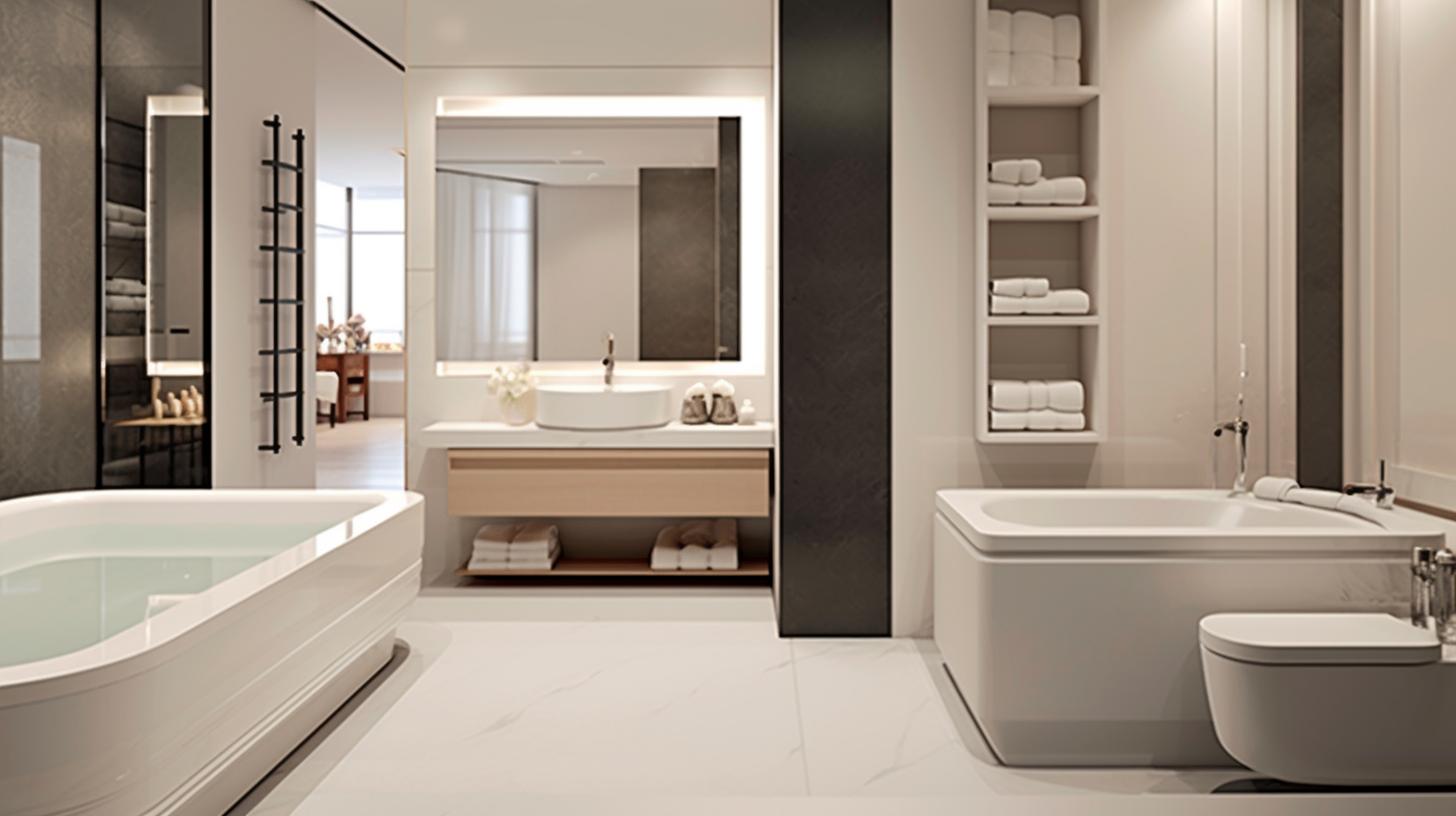The design of high-end drain pipes focuses on ensuring the efficiency and durability of the drainage system. Materials we usually use include polypropylene , polyvinyl chloride (PVC), and steel . Each material has its own unique properties: polypropylene offers excellent corrosion resistance, PVC is known for its lightness and ease of construction, and steel pipe is popular for its strength and durability.
For the design of building drainage systems, the calculation of flow and pressure is crucial. We must not only consider the smooth internal drainage of the building, but also pay attention to the environmental impact of external drainage. Through scientific and reasonable design, problems such as foundation settlement caused by rainwater accumulation can be effectively avoided.
When installing high-end drain pipes, it is critical to ensure that the seams are tight and seamless, not only to improve drainage efficiency but also to reduce the risk of leaks. In addition, regular inspection and maintenance to ensure that there are no blockages or cracks in good condition are also important measures to extend the service life of the drainage system.
With the increasing awareness of environmental protection, more and more construction projects are beginning to adopt sustainable materials and technologies. Against this background, the production of high-end drainage pipes is also developing in a more environmentally friendly and energy-saving direction. In the future, we foresee the emergence of more intelligent drainage systems, which will greatly improve our work efficiency and system response speed.
High-end drain pipes are an integral part of modern construction. By understanding its structure, function and market dynamics, we can better select and use it to maximize the effectiveness of the drainage system, thereby providing a solid safety guarantee for the building.

AIIGO-Sanitary--39.jpg

AIIGO-Sanitary--37.jpg

AIIGO-Sanitary-48.jpg

AIIGO-Sanitary-29.jpg

AIIGO-Sanitary-13.jpg
